Is it better to do cardio before or after weights?
This is the best way to combine both types of training into your workouts, according to the experts
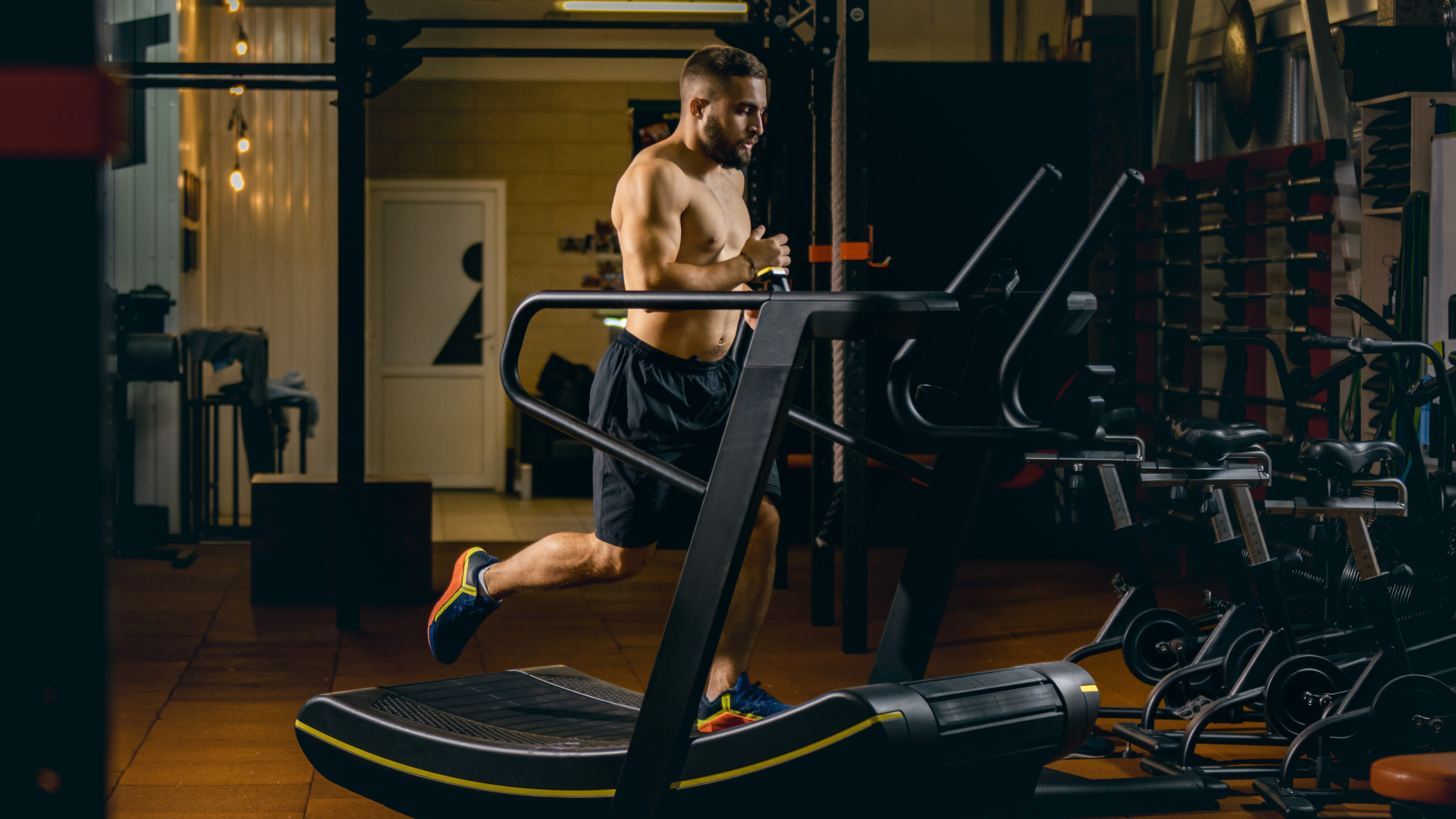
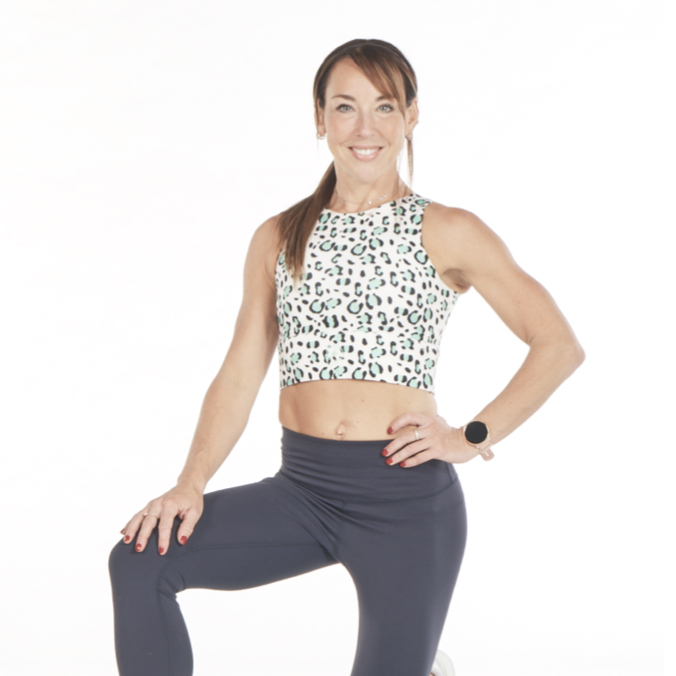
Before or after; that is the question. It’s the ultimate gym dilemma— should you do cardio before or after strength training? Whether you’re aiming to build muscle, burn fat, or boost overall fitness, both cardio and resistance training have their place.
But how do you figure out the right order? Do you start with weights or kick things off with cardio? We spoke to the experts to put this long-term debate to bed, once and for all.
Cardio vs resistance training: what’s the difference?
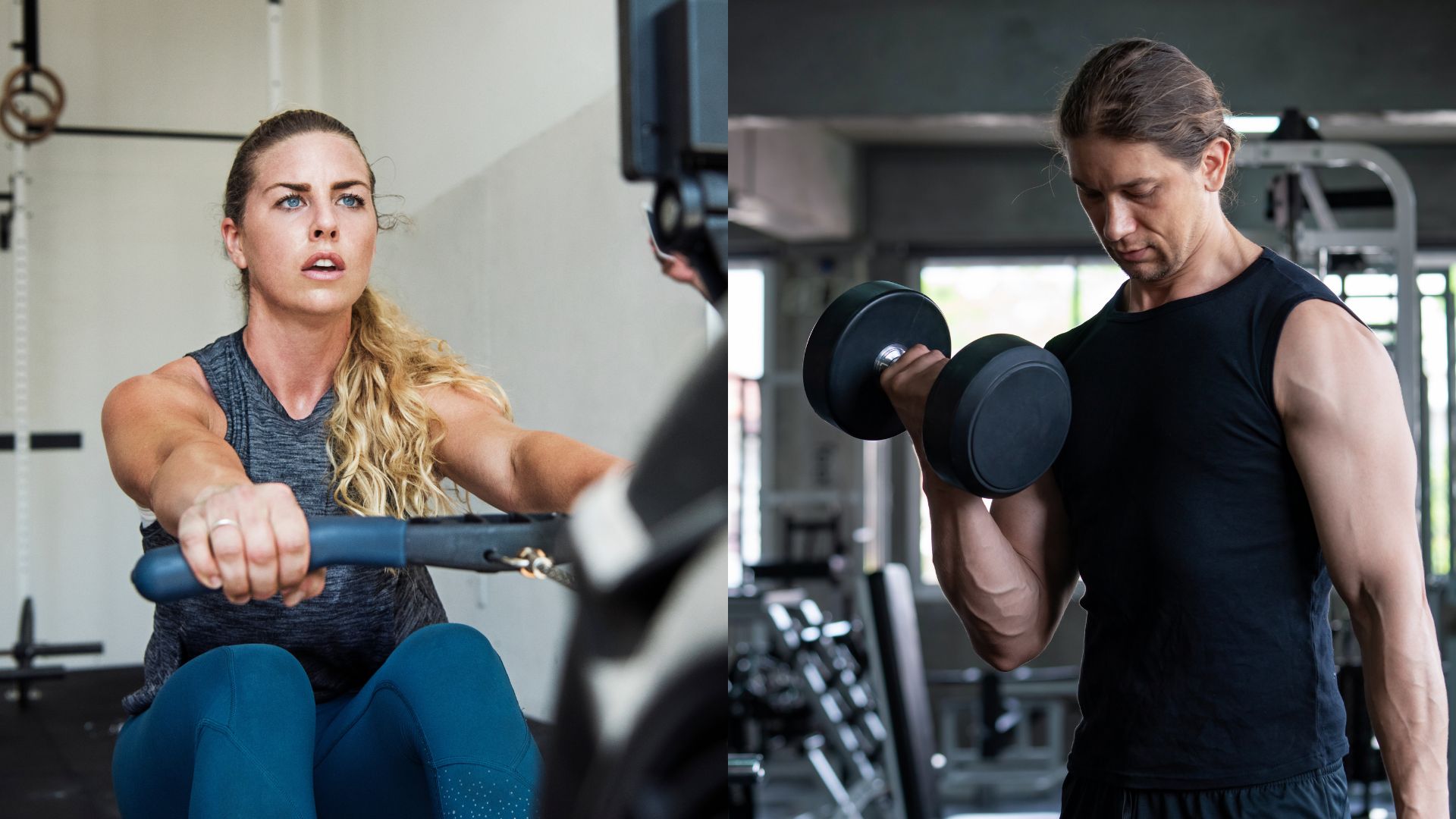
Cardiovascular exercise, aka cardio, are activities that get your heart rate up and keep it there—whether you're hitting the treadmill with a run or walk, powering through some cycling, diving into the pool, or rowing your way to fitness.
"Cardio exercises engage large muscle groups and elevate your heart rate for an extended period of time," explains Steven Dick, co-director of The Fitness Group. "The goal is simple: strengthen your heart and lungs, making them more efficient at delivering oxygen to your muscles."
But the benefits go beyond just heart health. Cardio also helps to improve endurance and plays a significant role in weight management. By burning those extra calories, cardio helps create the calorie deficit you need for shedding fat and managing weight.
Resistance training, or strength training, involves using weights or other forms of resistance to build muscle strength and endurance. "This can be done with free weights like dumbbells and kettlebells, machines, resistance bands, or even bodyweight exercises like push-ups, squats, and lunges," says Steven. "It also enhances posture, balance, and strengthens muscles that support your joints, helping to prevent injury."
Both types of training have unique benefits, so the sweet spot is incorporating both into your routine and getting the best of both worlds.
Sign up to the T3 newsletter for smarter living straight to your inbox
Get all the latest news, reviews, deals and buying guides on gorgeous tech, home and active products from the T3 experts
What should I do first: cardio or weights?
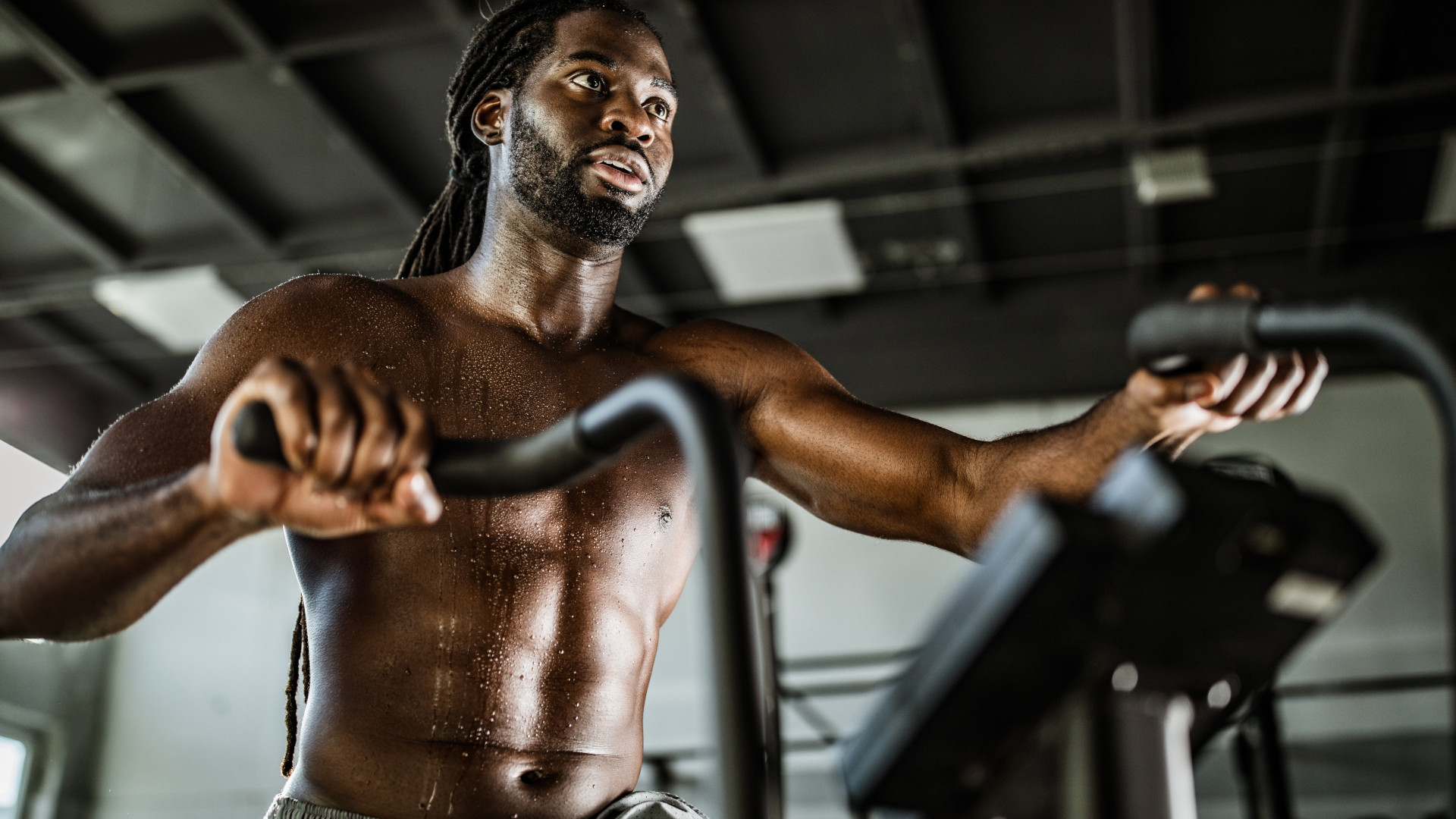
Ultimately, this depends on your goals and how much time you have to train each week. “If building muscle and strength is your focus, then it makes sense to do cardio after weights,” explains Oner Active athlete Hayley Madigan.
“When you lift weights, your body uses glycogen as fuel. Having a full supply of glycogen allows you to lift heavier weights and increase your strength. Starting with cardio depletes your glycogen, which can impair your strength gains.”
Hayley personally chooses to do cardio after weights to prioritise strength and muscle mass. “A solid cardio session should get your heart pounding, sweat dripping, and leave you wiped out,” she continues. “If that's the case, trying to lift heavy dumbbells or barbells won’t work. Your strength will tank, fatigue will kick in, and it can be dangerous to lift with only half the energy you need.”
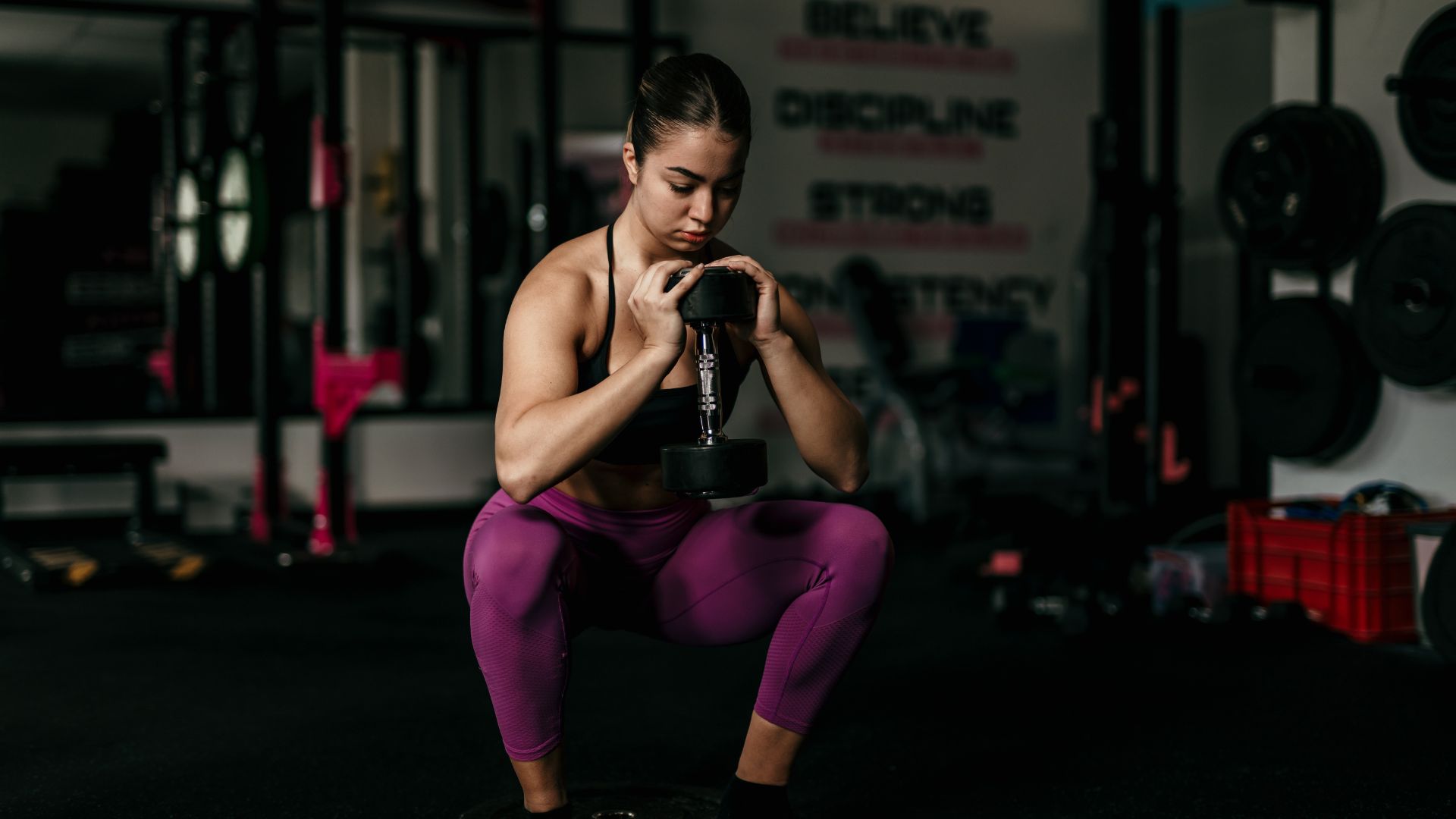
On the other hand, if endurance or cardiovascular fitness is your priority, starting with cardio ensures you can give it your all. “This is especially true if you’re an endurance athlete or training for an event," says Steven. "If you do strength training first, you’ll have less energy for your cardio and may not see as many gains in your endurance.
"After that, you can lift weights to supplement your cardio and strengthen those muscles that will make your cardio stronger. For example, runners often focus on core exercises to improve coordination, posture, and power - with some legs thrown in for good measure.”
For general fitness goals, there's no strict rule; what you do first depends on what feels best for your body or doing what you tend to avoid first. If you have a hybrid goal, like boosting both endurance and muscle growth and plenty of time to train, Hayley recommends splitting cardio and weights into separate days. "This way, you'll have more energy to focus on each without compromising performance."
How to structure your workout week
Again, this depends on your goals, schedule, and recovery needs. If you prefer to keep your cardio and strength training sessions separate, then alternating days is a solid approach.
Steven recommends three strength training sessions—think Monday, Wednesday, and Friday—while focusing on cardio on different days, like Tuesday and Thursday. The weekend can then be reserved for active recovery or rest.
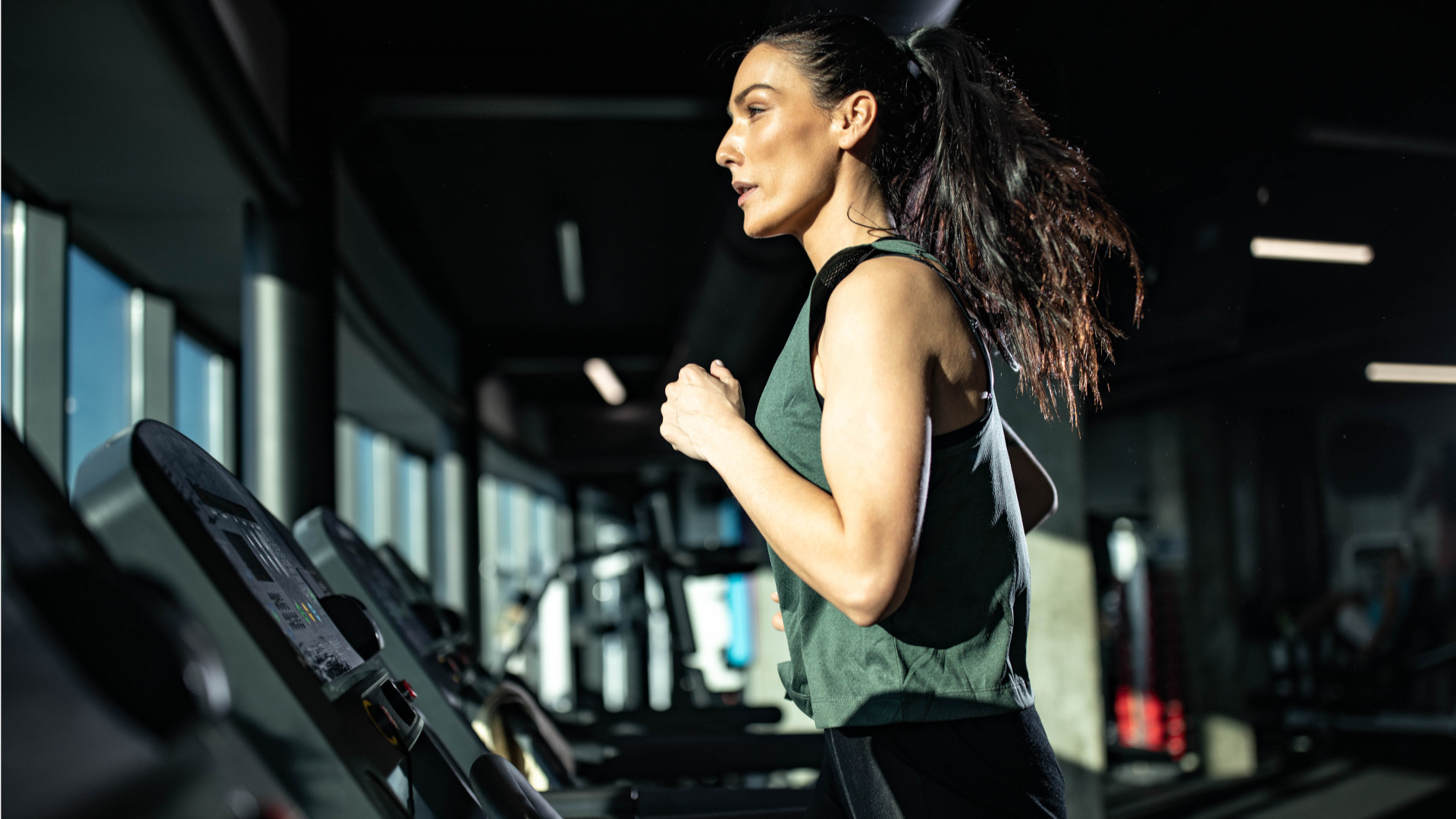
Alternatively, you can train both on the same day, prioritizing whichever aligns with your goal. If muscle building is your main focus, start with weights and finish with 15 to 20 minutes of light cardio. If endurance is your goal, start with cardio and follow up with a lighter strength session.
For those looking for a balanced approach, full-body workouts that combine strength and cardio are a great option. These can include circuit-style exercises that let you hit both types of training in a single session, maximizing your results in less time.
The bottom line: prioritise what you want to optimise
Like many fitness decisions, the cardio vs. weights dilemma is a personal one, and it all comes down to one simple phrase: “Prioritise what you want to optimise.”
If building strength and muscle is your goal, start with weights. If cardiovascular fitness and endurance are at the top of your list, kick things off with cardio. For those short on time, circuit training or HIIT is a solid way to get the best of both worlds in one session, as these workouts combine strength and cardio into short, intense bursts, delivering maximum results in less time.
No matter how you structure your workouts, consistency is key. Listen to your body, make adjustments as needed, and find a routine that keeps you motivated and progressing toward your goals.

Lucy Miller is a journalist, Level 3 Personal Trainer, Nutritional Advisor and Children’s Fitness Specialist. She holds fitness qualifications from NASM Training and Premier Training International and has been a fitness journalist and fitness (and cover) model for over 20 years. Since going freelance in 2014, Lucy left Men’s Fitness Magazine to write for an abundance of top consumer titles such as Women’s Health, Women’s Fitness, Waitrose, The Times, The Guardian and Runners World.
She’s also extremely passionate when it comes to educating others about health and physical activity and loves inspiring and working with children and adults to help make fitness fun, sustainable and accessible. In her spare time, Lucy is ever the sportswoman. Once a national gymnast, having won three national titles, she has also run a handful of marathons around the world and loves to test her physical and mental side with daily running and gym sessions, not to mention ballet, bootcamp, boxing and TRX.
You must confirm your public display name before commenting
Please logout and then login again, you will then be prompted to enter your display name.
-
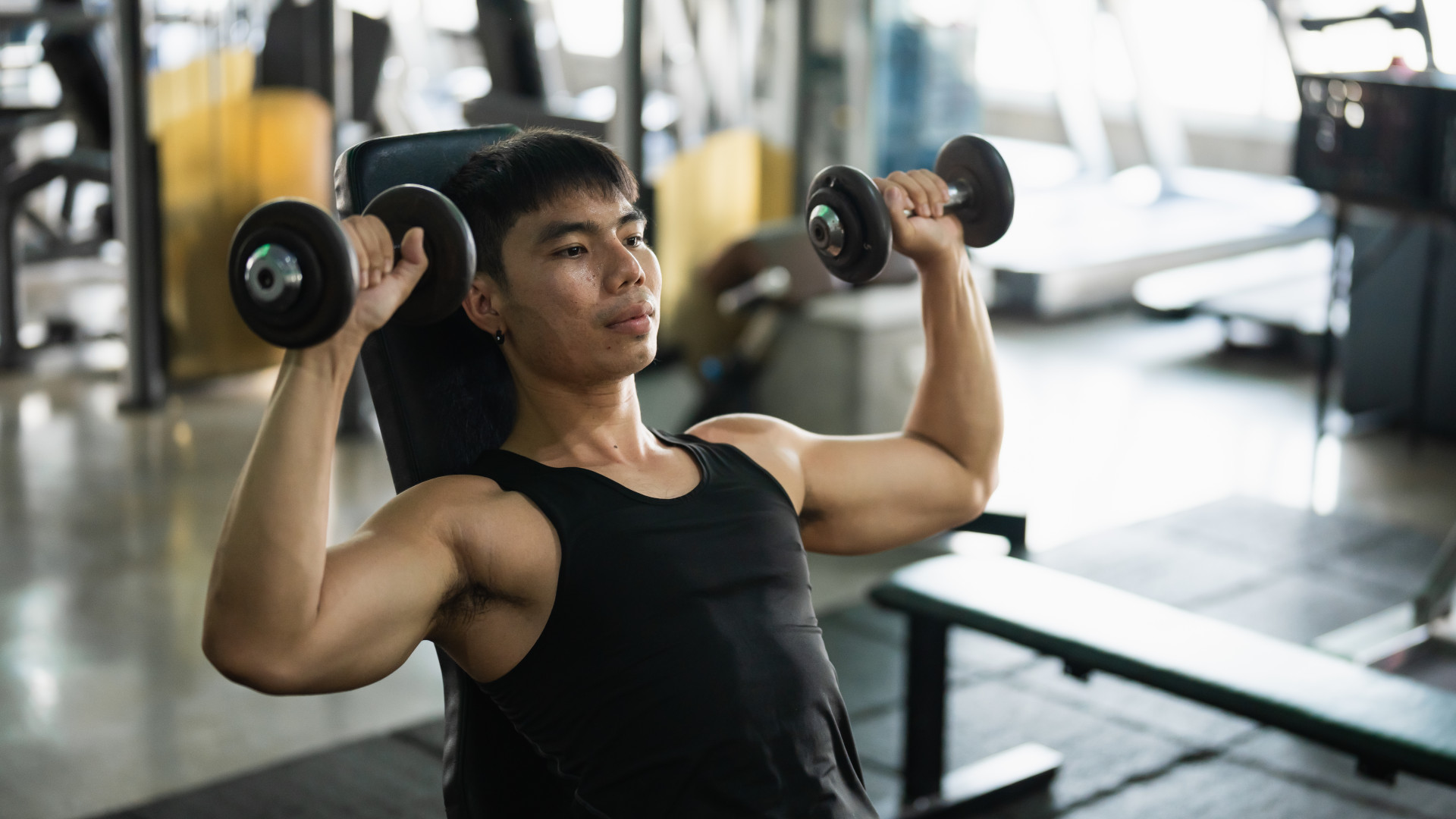 3 overrated shoulder exercises, according to a fitness expert (and what to do instead)
3 overrated shoulder exercises, according to a fitness expert (and what to do instead)Sculpt 3D shoulders whilst minimising injury with these three alternative exercises
By Bryony Firth-Bernard Published
-
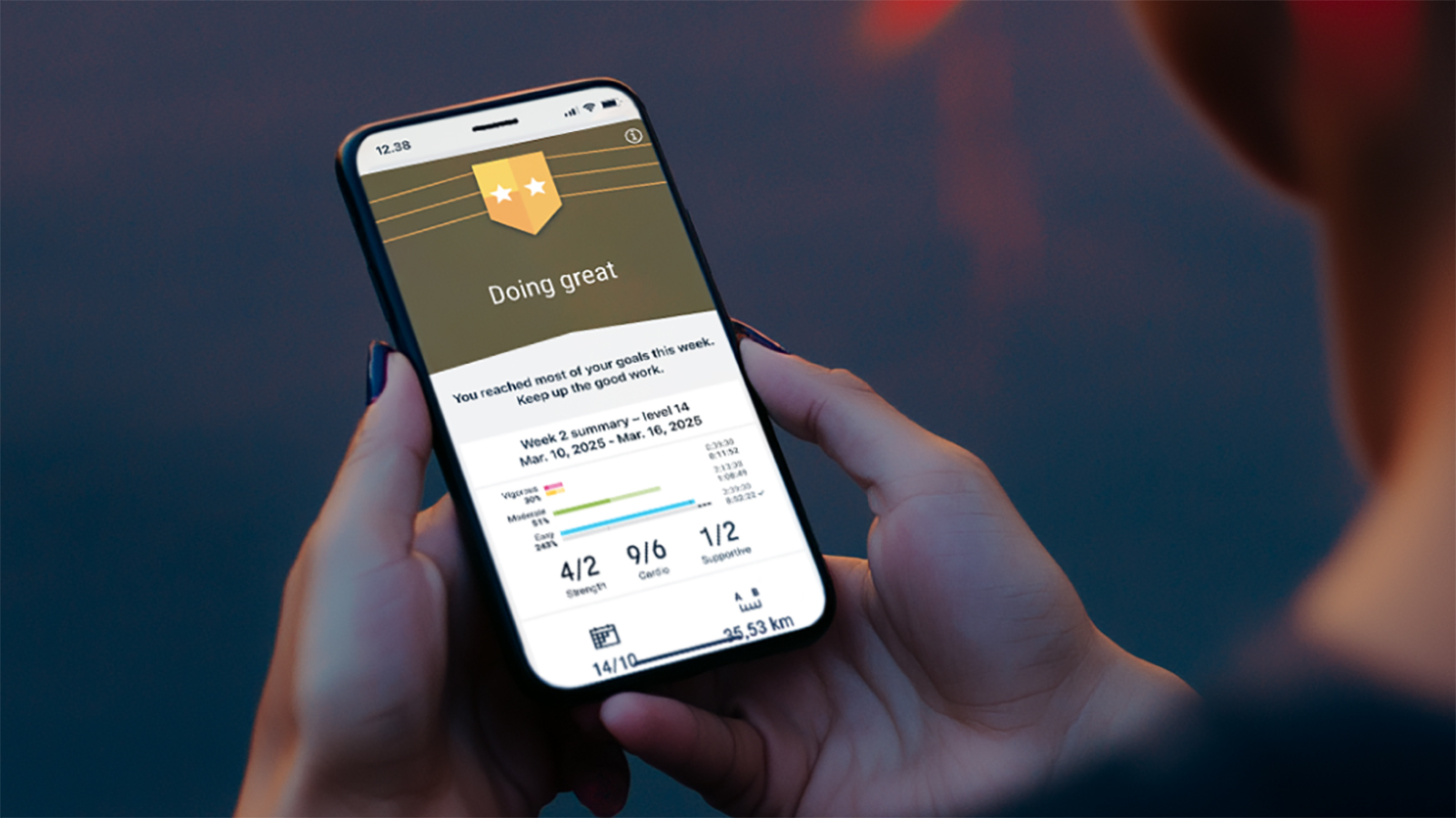 Polar’s new subscription feature lands in the shadow of Garmin’s Connect+ rollout
Polar’s new subscription feature lands in the shadow of Garmin’s Connect+ rolloutPR genius or timing disaster? Polar’s new Fitness Programme adds adaptive training to its ecosystem
By Matt Kollat Published
-
 3 overrated shoulder exercises, according to a fitness expert (and what to do instead)
3 overrated shoulder exercises, according to a fitness expert (and what to do instead)Sculpt 3D shoulders whilst minimising injury with these three alternative exercises
By Bryony Firth-Bernard Published
-
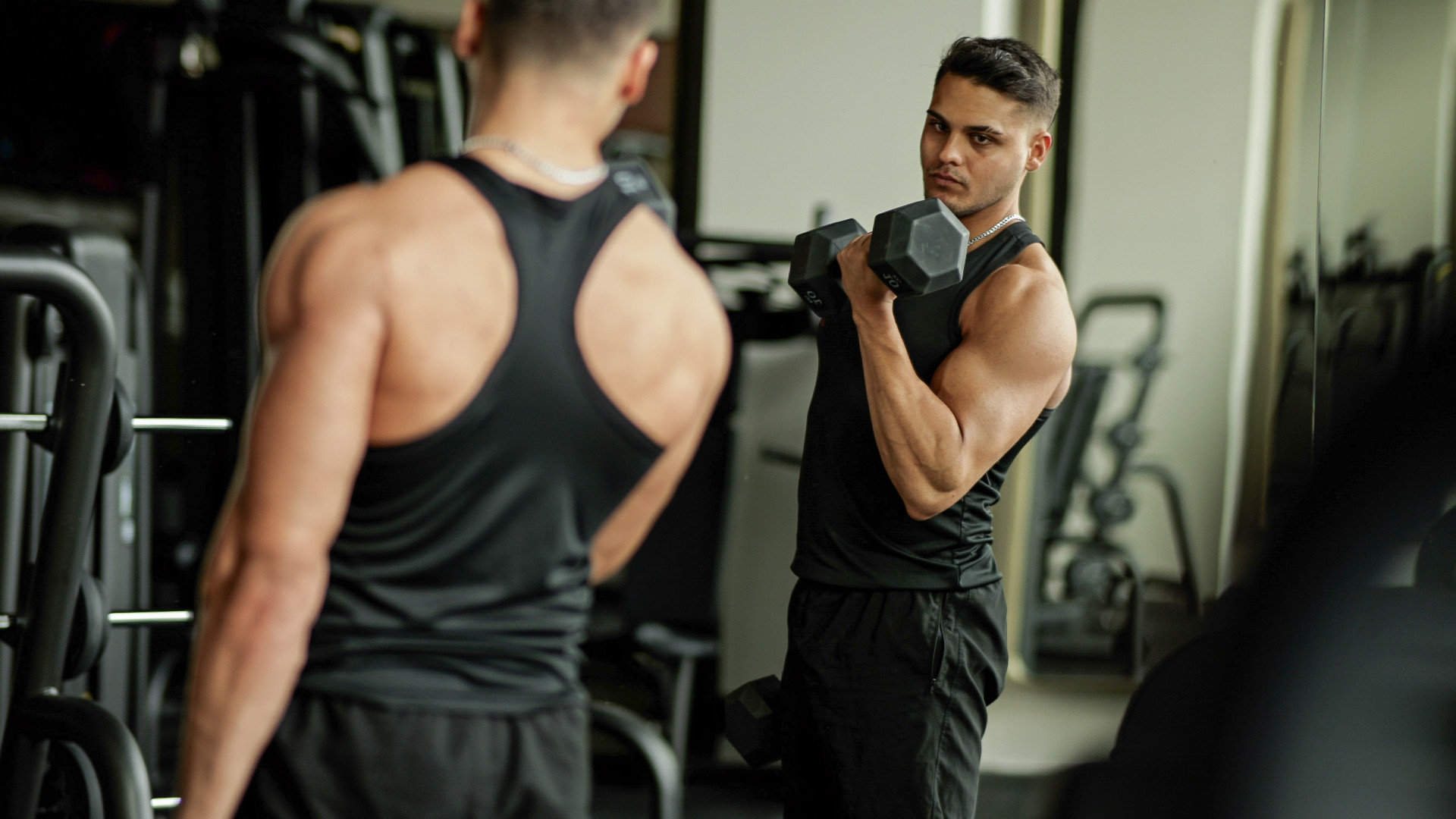 The best biceps exercise, according to science
The best biceps exercise, according to scienceHave you been training your biceps wrong this whole time?
By Lucy Miller Published
-
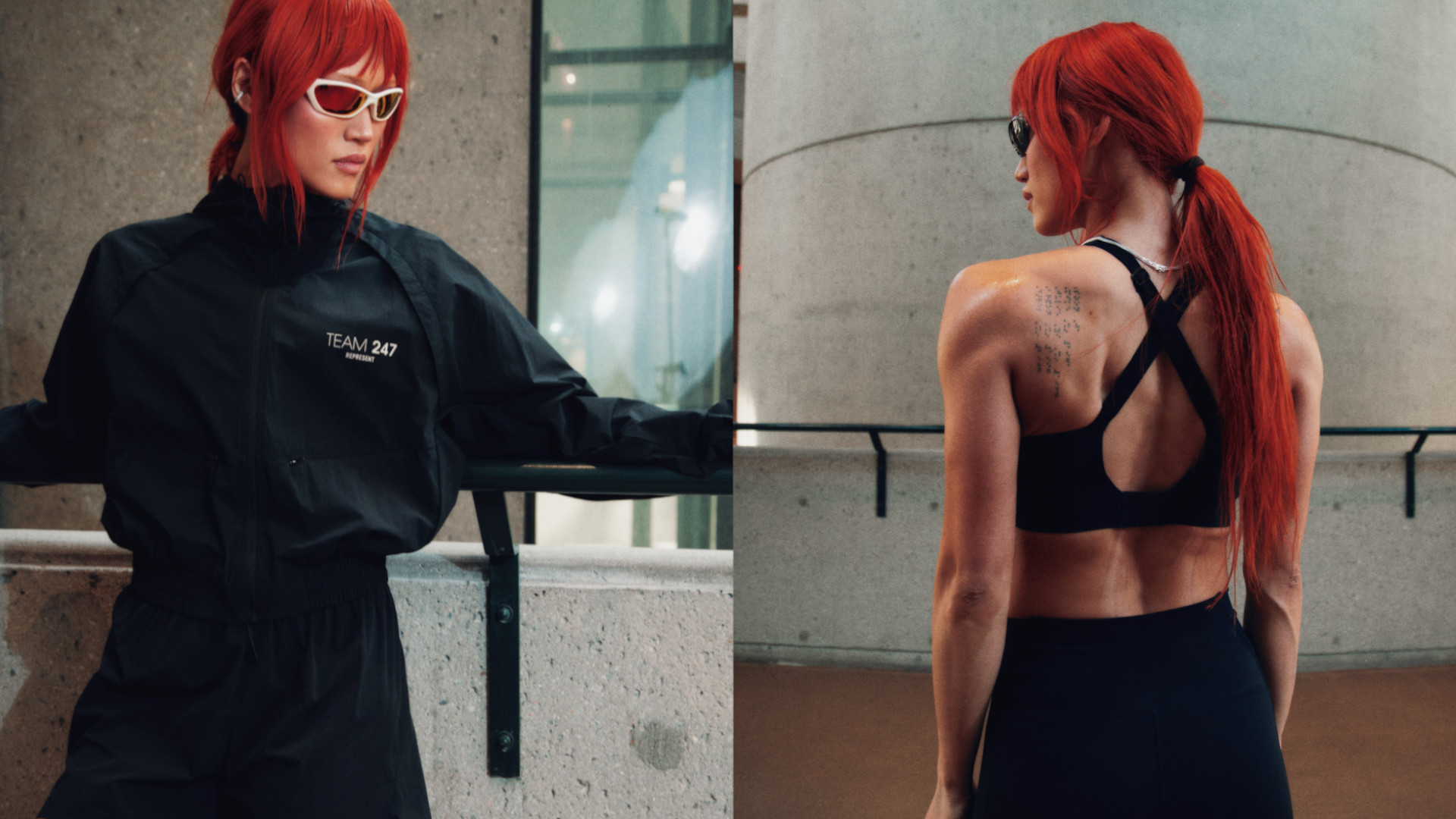 Finally! Represent 247 launches its first womenswear collection, taking you from street to gym in style
Finally! Represent 247 launches its first womenswear collection, taking you from street to gym in styleIt's about time guys
By Bryony Firth-Bernard Published
-
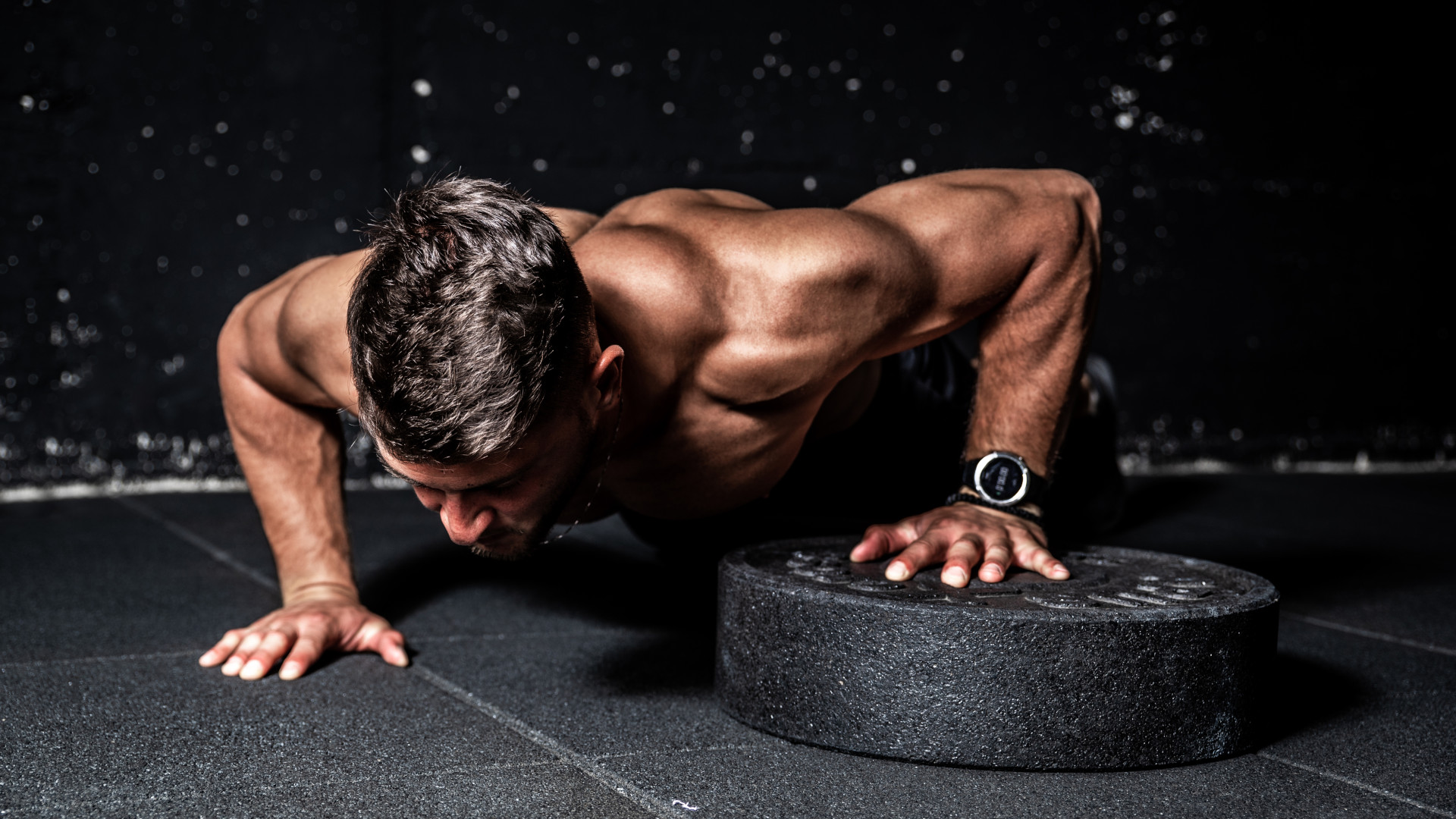 3 chest exercises you’re probably not doing to supersize your pecs
3 chest exercises you’re probably not doing to supersize your pecsA killer pec pump awaits
By Bryony Firth-Bernard Published
-
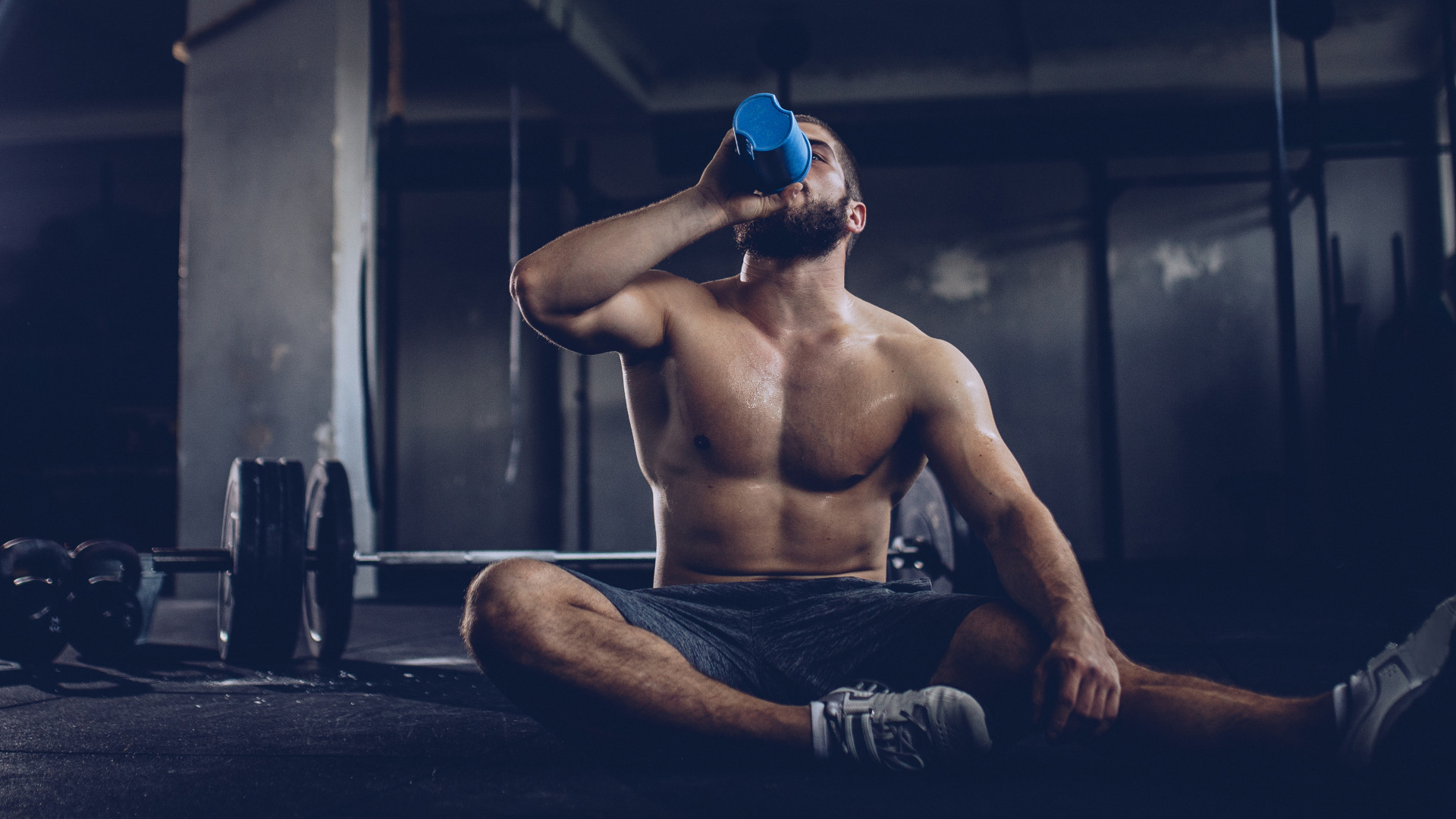 When’s the best time to take creatine?
When’s the best time to take creatine?The science-backed supplement is a must for building strength and muscle, but is there an optimal time to take it?
By Bryony Firth-Bernard Published
-
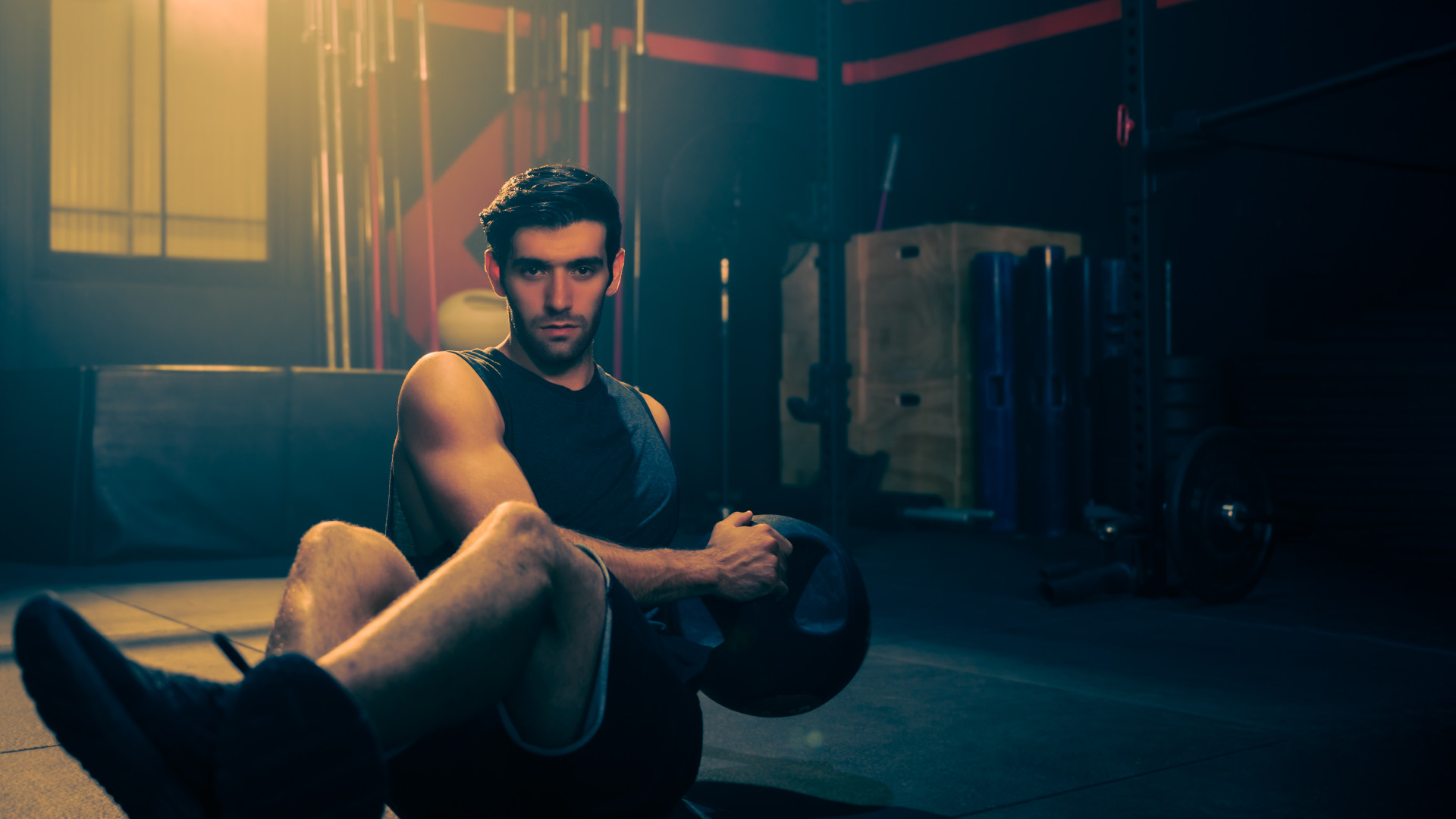 Three overrated core exercises and what you should do instead
Three overrated core exercises and what you should do insteadA fitness expert says these exercises aren’t all they’re cracked up to be
By Bryony Firth-Bernard Published
-
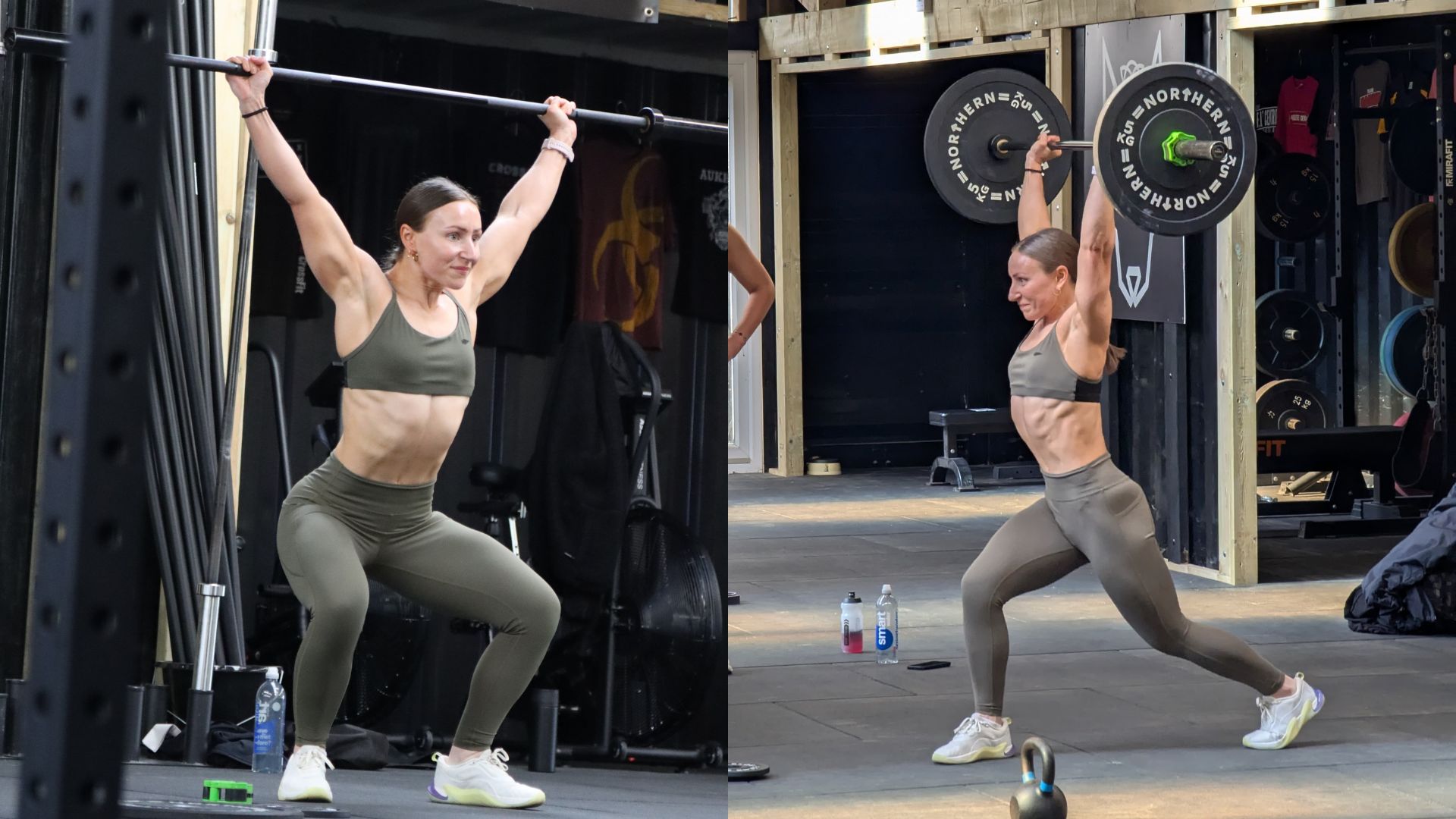 I tried Olympic weightlifting for the first time – here are three things it's taught me
I tried Olympic weightlifting for the first time – here are three things it's taught meBeing strong simply won't cut it
By Bryony Firth-Bernard Published
-
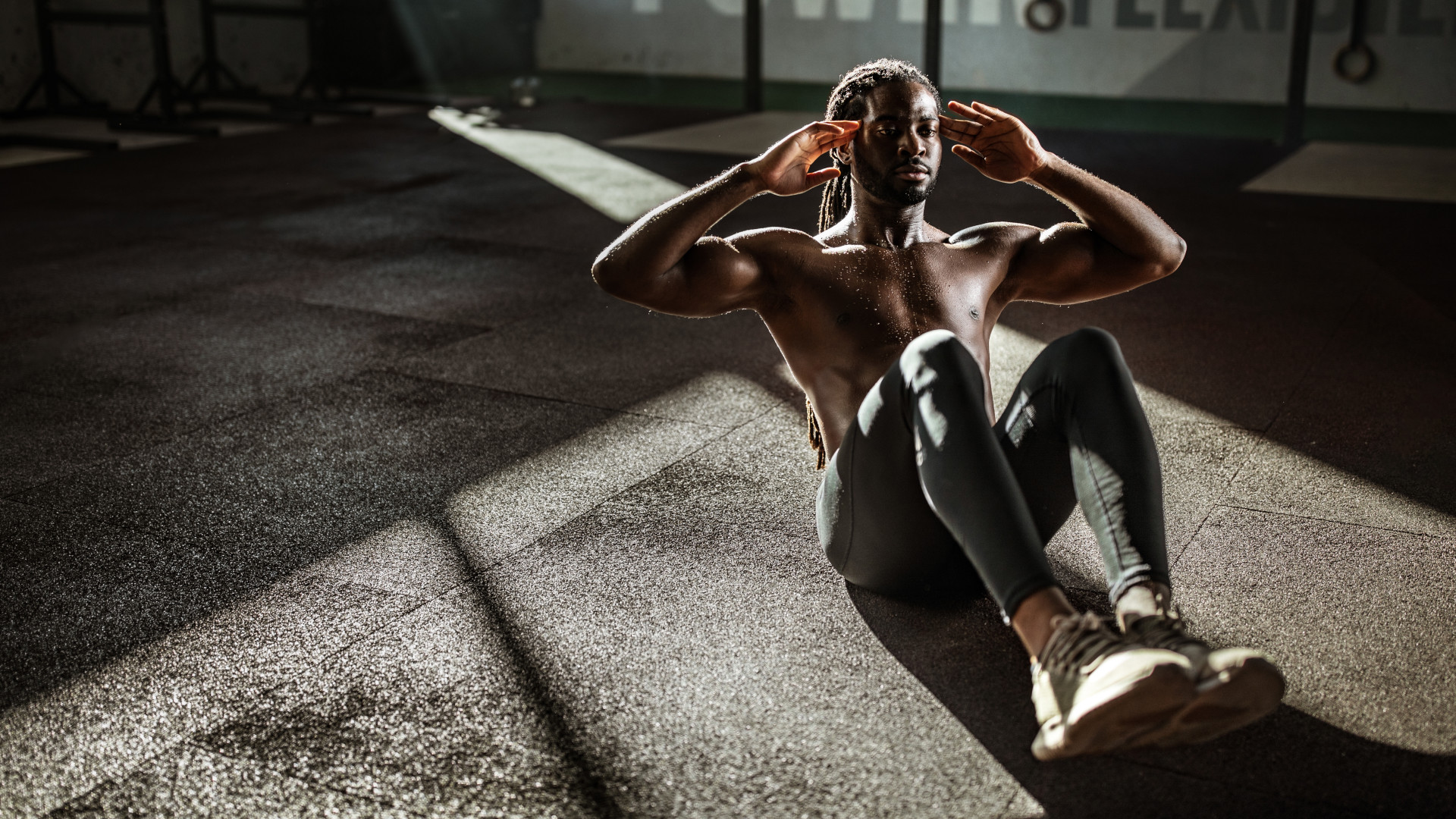 An exercise scientist ranks every ab exercise – and the worst one may surprise you
An exercise scientist ranks every ab exercise – and the worst one may surprise youFYI it’s not crunches or sit-ups
By Bryony Firth-Bernard Published